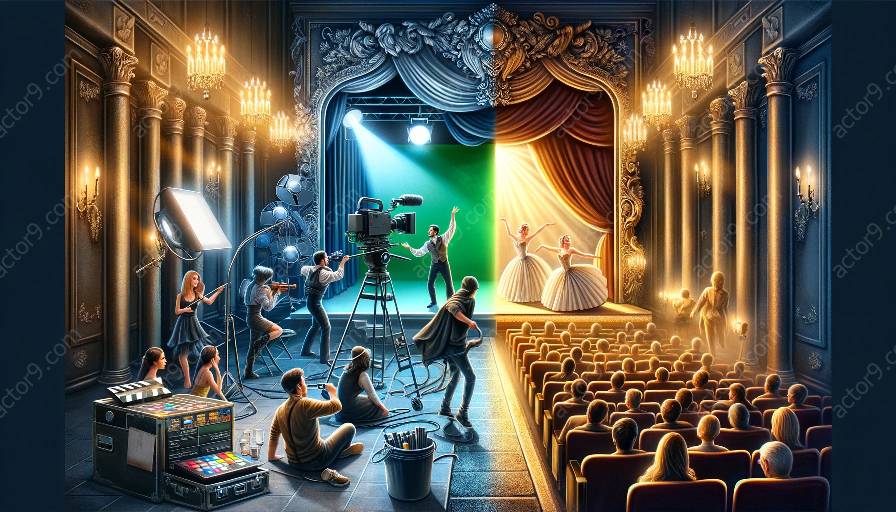Acting is a fascinating world that requires performers to master various skills, including the ability to adjust their performance for pacing and rhythm.
Film Acting vs Stage Acting
One of the key distinctions between film acting and stage acting is the way in which pacing and rhythm are approached. In film acting, performers have the advantage of close-up shots and editing, allowing for more subtle adjustments in pacing and rhythm. On the other hand, stage acting requires actors to project to the audience and maintain a consistent rhythm throughout the performance.
Understanding Pacing and Rhythm in Acting
Pacing refers to the speed at which a performance unfolds, while rhythm concerns the pattern and flow of actions, speech, and emotions within a performance. Both elements are crucial for creating a compelling and engaging portrayal of a character.
Performance Adjustment Techniques
Actors can use a variety of techniques to adjust their pacing and rhythm based on the medium they are performing in. For film acting, performers can take advantage of subtle facial expressions, nuanced gestures, and controlled vocal delivery to modulate the pacing and rhythm. On the other hand, stage actors must focus on projecting their voice, physical movements, and body language to maintain a consistent rhythm that reaches the entire audience.
The Impact of Pacing and Rhythm in Theater
In theater, pacing and rhythm play a significant role in engaging the audience and conveying the emotional journey of the characters. A well-paced and rhythmically precise performance can enhance the overall impact of the production and create a deep connection with the audience.
Acting and Theater
Acting is not just about delivering lines; it is about embodying a character and bringing them to life through compelling performances. Theater, as a platform for acting, provides a unique space for actors to hone their skills and connect with live audiences in real-time, making the adjustment of pacing and rhythm even more critical.















































